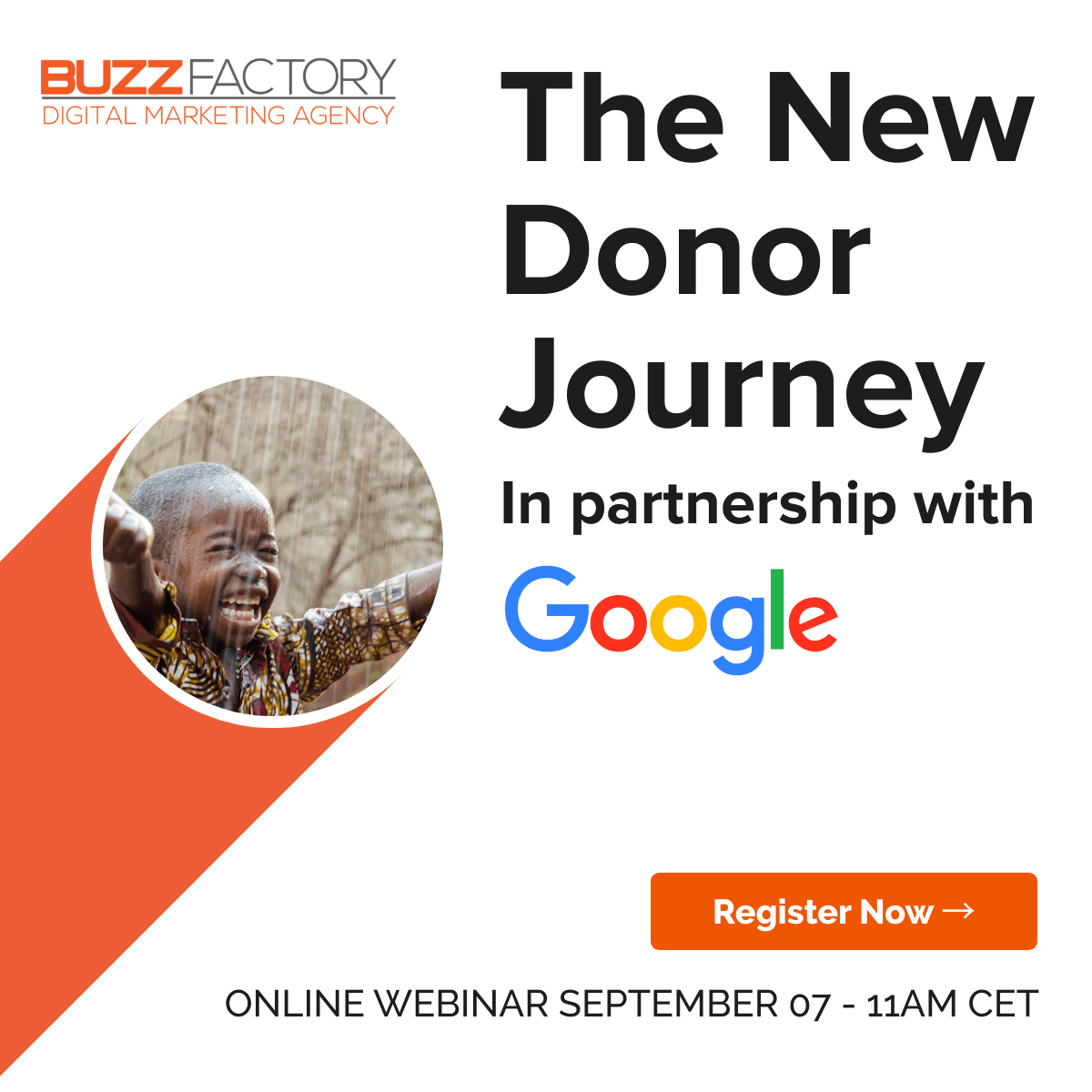Have you seen how much the digital world has grown recently? Take advertising, for instance. Where it used to live in the realm of print, even the world’s biggest names in publishing are shifting the focus onto their offerings on the internet.
Today, online platforms have all but replaced print. Furthermore, readers are far more comfortable getting updates and notifications on mobile over desktop.
It comes as a no-brainer then, that nonprofits should be switching to digital mediums for better engagement too. Speaking of digital fundraising, let’s take a look at these statistics from the Blackbaud (www.blackbaud.com):
In 2017:
- The United States saw 12.1% rise in online donations
- Online donations accounted for 7.6% of the entire fundraising revenue
- 51% of Millenials donated to charities and 41% of them used social media.
How to Be A #SmartNGO
Every time a donor gives a dollar, s/he is investing in the values and interests of the organization. By receiving donations, you maintain an emotional connection with donors. What they like to see is where the money should be spent.
This can be a challenge for nonprofits – being as transparent as possible, while supporting the less ‘attractive’ but equally essential business needs like salaries, marketing and equipment. So? Keep it simple!
You don’t need to go into detailed explanations. Instead, show donors results. Often, small updates – such as the right people receiving funds or changes to the lives of those in need – can make a huge difference.
-
Emotions in nonprofit digital marketing
A smart NGO needs to create positive emotions and connect with potential donors. Each and every donor is vitally important – they are the lifeblood of your cause. Luckily, you have many ways of creating a smart connection with them.
By far the simplest way to show emotion is through your content. This can be an images of people smiling or a video showing the great benefits of donation. Both can raise empathy, which is our goal. That is how to truly engage and excite future donors.
-
Develop a subscription baseline
To conduct a successful fundraising campaign, it’s crucial that you create a subscription baseline. Your subscribers will be the ones with a keen interest in your cause. They will most likely want to engage with your mission.
As a nonprofit, you can enjoy the benefits offered by Google. Leverage tools like paid social advertising, Google Ads and Google Grants – some Google services are even free for nonprofits! These tools let you connect with people and engage with potential donors.
-
Engage with a younger audience
To be time-efficient, don’t forget your younger audience. Capture their attention with engaging relevant content. Millennials are very active online, and can literally be lifelong investments if aligned to your cause.
The most effective donations are not necessarily the ones with high amounts. $1000 once, is not as good as $10 a month over 50 years! Regardless of the donation amount, small or big, keep your focus on building trust and winning the confidence of your donors. Keep reports transparent. Introduce ongoing campaigns. This way, small donations can become monthly funds, which can support the running costs of your cause for decades to come.
-
New trends in digital fundraising
Notoriously, digital advancements are quick, but digital fundraising is not. It takes time to convert a prospect donation. Sometimes it can take from 8 to 18 months!
Here in Switzerland, postal mail and bank transfer dominate the fundraising horizon. They have historically had a 90% share in annual donations. BUT, in recent years, the increasing impact of digital donations can’t be overlooked. The explosion of crowd-funding in the last decade, proves online users are using quicker donation types – website donations, and ‘round-up’ payment apps (Twint, Paypal, Instagram, Facebook, etc.) becoming increasingly popular.
A dynamic approach is needed to produce engaging content. Even donors still using post or bank transfers may be privy to supplementing their regular payment with one through an online channel, should the campaign be compelling enough. Videos and images, a “live connection” with the beneficiaries of their funds, can convert interested people into dedicated stakeholders.
Final Thoughts





